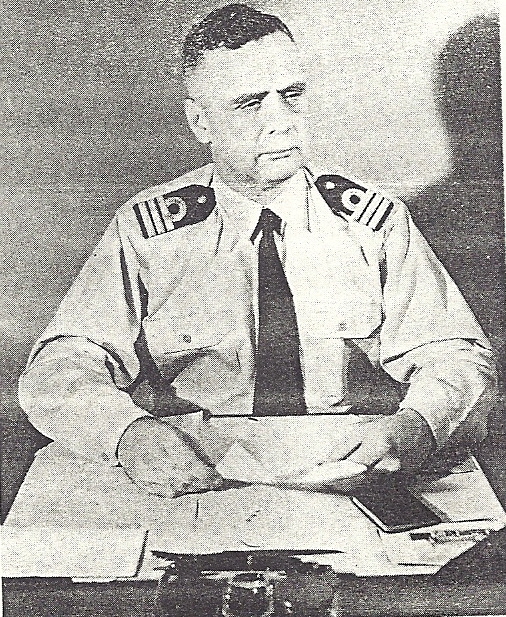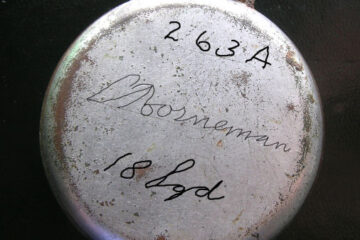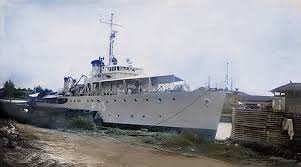
Brief biography
Gerrit Bernardus (G. B.) Salm held the rank Kapitein-luitenant ter zee (equivalent to naval commander) in the Royal Netherlands Navy (RNN). He arrived in Australia in early 1942 following the fall of the Netherlands East Indies (NEI), and became the principal liaison between Dutch naval forces and Allied command there. Detailed records of his birth date, early career, and post-war life are not publicly documented, suggesting that much of his later life remains part of private or archival histories not readily accessible online.
Wartime roles and contributions
Naval liaison and operations coordination
Upon arrival in Australia, Salm established the RNN liaison office—first in Sydney and later coordinating activities from Melbourne and Brisbane. He worked with officers including Lieutenant‑Commander H. J. Landsman, Lieutenant H. Gilles, and Lieutenant Kruyswyk to manage Dutch warships and submarines operating out of Fremantle, Brisbane, and other ports.
Aviation training liaison
Salm also played a key role in assisting Dutch flight schools to relocate and re-establish in Australia. He facilitated cooperation with the RAAF, enabling Dutch pilot training on Australian bases. On 1 February 1942, he informed Dutch commanders that the Australian government had approved pilot training arrangements, paving the way for the evacuation of hundreds of student pilots.
Intelligence leadership: founding NEFIS
In 1943, Salm took on leadership of the Netherlands Forces Intelligence Service (NEFIS), which evolved from the earlier Navy and Army Intelligence Service created under his oversight. NEFIS operated from Melbourne and later from Camp Columbia in Brisbane. Salm coordinated its integration into the Allied Intelligence Bureau and helped launch its clandestine units, including Korps Insulinde.
Maritime coordination during wartime emergencies
In November 1941, during the search operations for the lost cruiser HMAS Sydney, Salm acted as RNN Liaison Officer and was deployed to Perth alongside Commander Dechaineux to assist naval intelligence coordination for survivor searches that covered thousands of square miles off Western Australia
Strategic importance and legacy
While not commanding forces in battle, Salm was essential in maintaining Dutch naval cohesion and intelligence capability during the exile period. He ensured Dutch involvement in Allied maritime and intelligence operations remained functional and legally recognised—even as overall command authority shifted under U.S.-led SWPA direction.
NEFIS, the intelligence organisation he led, continued to play a vital role in planning and coordination, and its wartime legacy directly influenced post-war Dutch special forces. His work exemplified practical leadership in exile amid fractured command structures.
Related articles
- A Dutch military and civil inventory in Australia – March 1942 snapshot
- Lieutenant Admiral Conrad Emil Lambert Helfrich: a divided Dutch command in exile
- Convoy ZK8: Dutch ships deliver Australia’s troops to the front
- Operation Accountant: safeguarding Dutch gold in exile
- Dutch submarine tactics in Allied strategy: ignored, copied, and overshadowed (WWII)
Sources
Jack Ford, Allies in a Bind: Australia and the Netherlands East Indies in the Second World War, CQU Press, 2001


